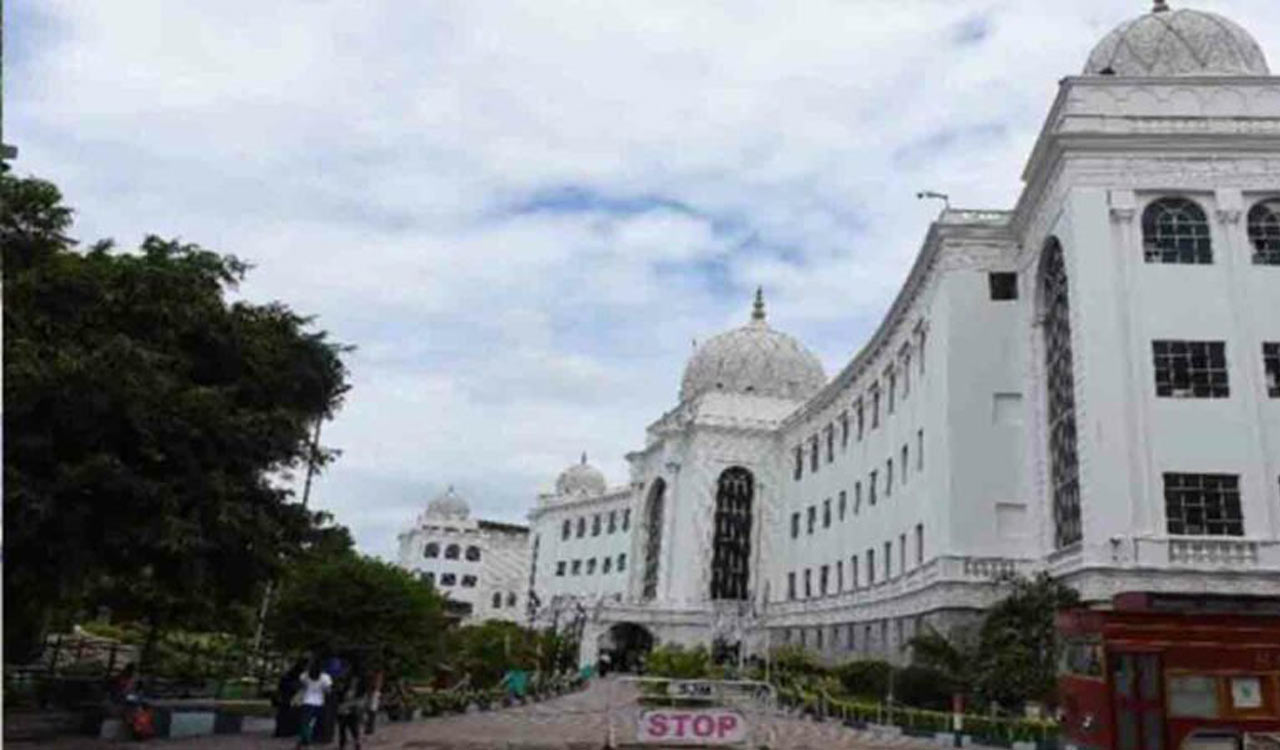The museum will feature a floating display of alphabets from scripts of India with pronunciation sound.
Updated On – 5 February 2024, 03:33 PM

Hyderabad: India’s first digital National Museum of Epigraphy is now housed in the Salar Jung Museum in the city. Over one lakh inscriptions, including copper plate grants and stone inscriptions discovered across the country and preserved by Archaeological Survey of India (ASI), will be displayed in the museum.
The museum will feature a floating display of alphabets from scripts of India with pronunciation sound. The museum will provide information on the development of various scripts from early times to modern Indian languages through detailed infographics.
The museum will also delve into the evolution of scripts in India, starting from the earliest system found on seals in the Indus Valley to the Brahmi script inferred from Ashokan edicts. It will include maps of epigraphs found in India, maps of important inscriptions found in Telangana, and a chronological development of Indian script using an interactive sliding display.
Other interactive displays will showcase iconic Indian inscriptions, language and scripts (Tamil, Telugu, Kannada, Malayalam, Devangari) using projection mapping, digital flip books, evolution of Indian scripts displayed on a tree, script projection on a life-size statue, and a holographic display system.
A Hindi/English to Brahmi kiosk with printing as a takeaway will allow visitors to type their name in English and get a print of their name translated into the Brahmi script. The museum’s activity area will include estampage-taking, an AV room with a documentary on the evolution of epigraphy, and a brochure stand with leaflets, catalogues, and QR codes for exhibits.
According to the Archaeological Survey of India, India stands as one of the few nations with recorded history dating back to around 2500 BCE. India possesses a substantial epigraphic wealth, with over 100,000 inscriptions discovered to date. These inscriptions are pivotal for comprehending India’s history and culture, shedding light on political, dynastic, social, religious, administrative, and economic aspects.
Epigraphs are broadly categorized into stone inscriptions, primarily found on temple walls, and copper-plate grants, documenting land grants to Brahmanas and educational institutions.
The foundation stone for the epigraphy museum, located near the Western Block in the Salar Jung Museum, was laid by union Minister G. Kishan Reddy on Monday.


